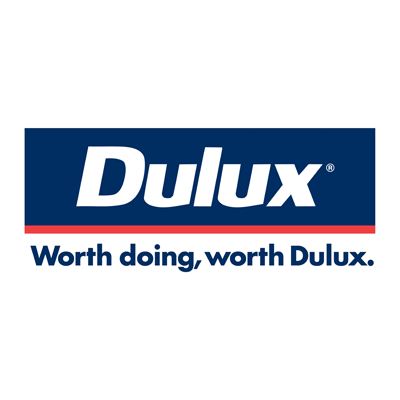Even with today’s high quality alkyds, under certain conditions, no matter how good or expensive the alkyd enamel is, the enamel will be susceptible to a gradual "ambering" or yellowing of the finish. This yellowing usually occurs in darkened areas, such as on trim, inside of closed closets, and especially on pocket doors that are left open (slid into their pocket). It can be partially reversible with exposure to bright light.
The alkyd enamel drying process is a chemical reaction between the vegetable oil components and oxygen in the air; this produces the toughness of the final product. However, a photochemical reaction also occurs to produce chromophores, coloured compounds. The chromophores are light sensitive and readily breakdown when exposed to light, but when the film is left to dry in dark areas the yellow coloured compounds remain in the film.
In addition to slight yellowing due to reduced light areas, the presence of ammonia in the atmosphere can also accelerate yellowing. This ammonia is a common constituent of water based wall paints, which as they dry, release this ammonia into the painted room. If the room is closed off and not ventilated, especially in combination with hotter conditions in summer, this ammonia can react with the alkyd enamel causing accelerated yellowing.
This yellowing is not in any way due to a defect in the manufacture or formulation of the paint, but is a natural occurrence among all brands and qualities of alkyd enamels.
Sorry if that was a bit chemisty jargon based, but if you have any questions feel free to drop me a comment and I'll respond as quickly as I can.



























 Most Popular
Most Popular Popular Products
Popular Products


